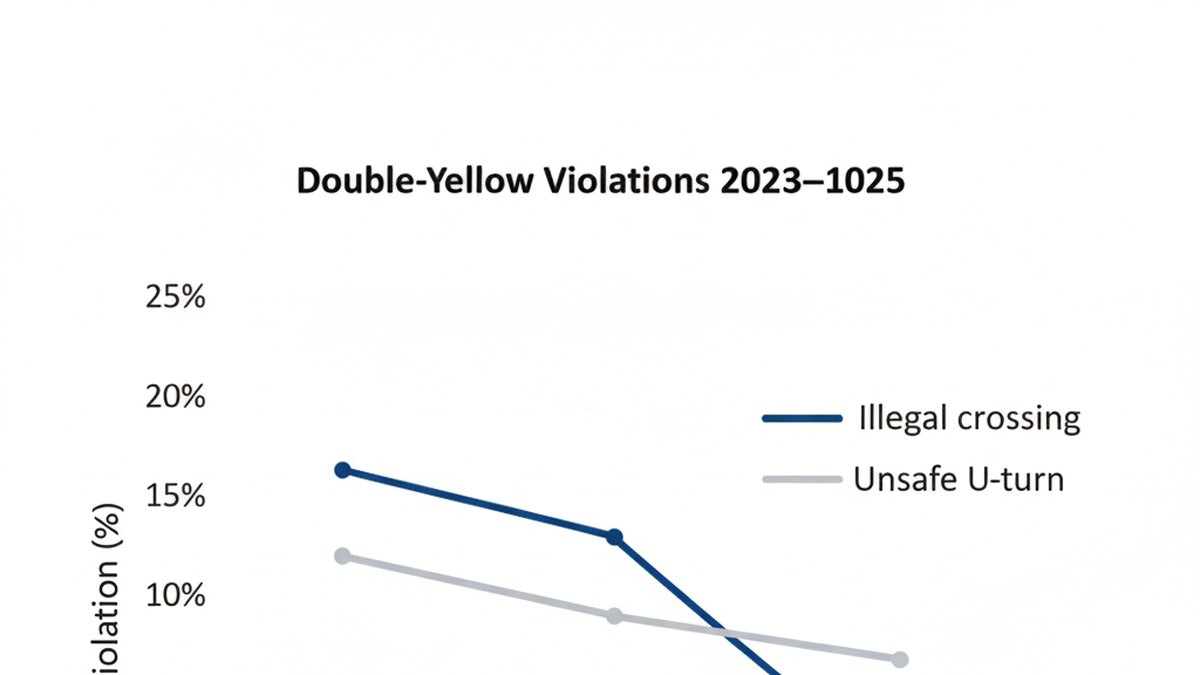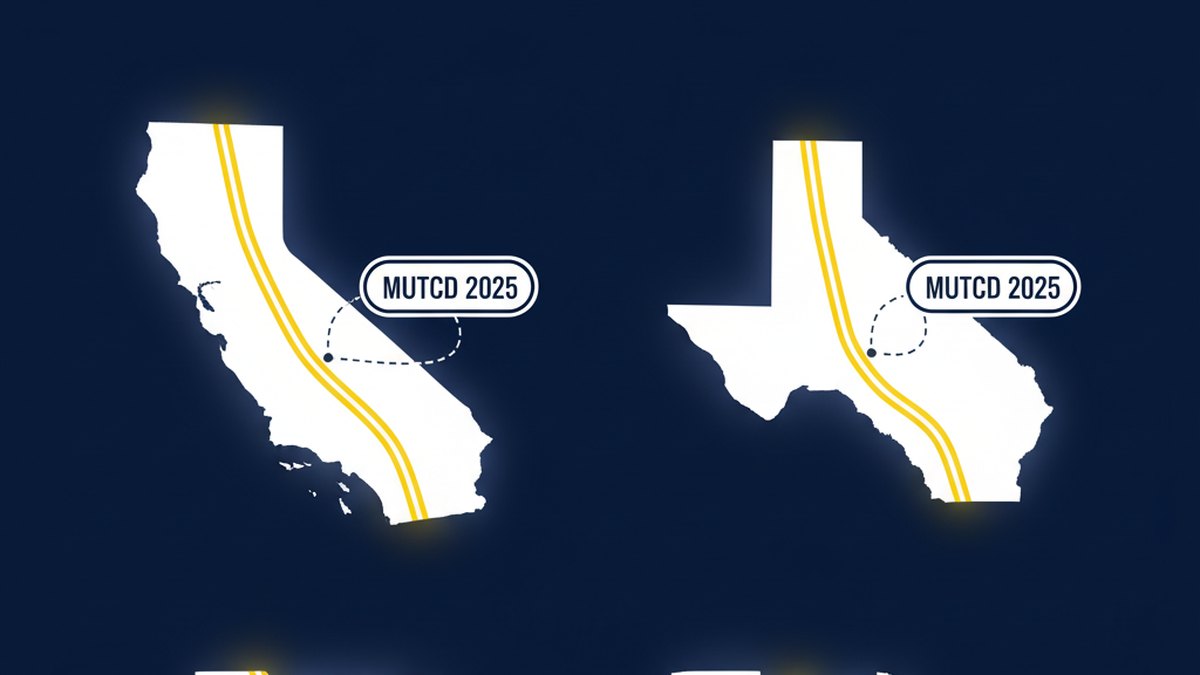If you drive in the U.S., you've likely noticed the familiar double yellow centerlines that separate opposing traffic. In 2025, several states refreshed how these lines are described and enforced—especially when it comes to no-passing zones, painted median barriers (sometimes called "double-double" yellow), and where limited left turns or U-turns are still legal. This guide distills the most meaningful changes, how they appear on the road, and practical tips for staying citation-free.
Federal highlights: MUTCD notes and engineering changes
The updated language engineers reference most often is found in the Manual on Uniform Traffic Control Devices (MUTCD). In 2025 discussions, two themes show up repeatedly: improving placement consistency for no-passing zone markings, and clarifying when a painted median functions as a barrier you must not cross except at an opening.
States adopting new wording on no-passing zones
The core idea hasn't changed: double yellow lines identify a location where overtaking and passing opposing traffic is prohibited. What 2025 guidance improves is the consistency of where these lines begin and end relative to curves, hills, and intersections, and the reminders that posted signs (for example "NO U-TURN" or "NO LEFT TURN") override the centerline if there's any doubt.
Ticket trend shifts after new guidance
In pilot corridors where agencies updated markings and signs together, "unsafe median crossing" citations fell modestly while failure-to-yield at U-turn conflicts remained steady. Better sign logic—especially time-based plates—reduced ambiguity during peak periods.

Practical examples from urban corridors
- Peak-hour plates like "7–9 AM, 4–6 PM" on a NO TURN ON RED or NO U-TURN.
- Advance sign placement before complex intersections to set expectations sooner.
- Longer no-passing tapers approaching crests and curves to match sight distance.
Verify with linked state sources
We link official state pages at the end of this post so you can confirm the exact wording where you live. When in conflict, the state statute or posted sign controls.
State updates: who adopted new double yellow language in 2025
Several states issued bulletins or handbook clarifications. A common thread: the difference between a standard double yellow (which many states allow you to cross for a safe left turn into a driveway) and a painted median marked by two sets of double yellow lines (often treated like a concrete median—no crossing except at openings).
Painted median ("double-double") barrier clarifications
Where the median has two sets of double yellow lines, it's commonly a barrier. Crossing that painted median mid-segment can draw the same citation as jumping a physical median. Look for designated openings with skip markings or turn bays; outside those, stay put.
Sign logic vs. centerlines
If a sign says "NO LEFT TURN" or "NO U-TURN," that control overrides whatever the centerline implies. The 2025 wave emphasizes pairing signs with markings to reduce mixed messages—particularly in suburban arterials with frequent driveways.
Work-zone & flagger overrides
In temporary traffic control, flagger directions and temporary signs outrank pavement markings. If a lane shift requires crossing a centerline, follow the cones and the flagger—not the old paint.
How to document an appeal
If you receive a citation you believe conflicts with the new guidance, note the exact location, take photos of signs and markings, and retrieve public plan sheets if available. Presenting clear sight-distance and signage evidence often determines outcomes.
Enforcement and ticket trends after the 2025 guidance
Agencies that refreshed both signage and markings saw fewer tickets for ambiguous situations (like entering a two-way left-turn lane from a mid-block driveway), but unsafe U-turns and failure-to-yield remained steady where drivers misread gaps or pedestrians had the walk.
Left-turn and U-turn exceptions you still see
Many states still allow a left turn across a standard double yellow into a driveway or side road when it can be made safely and no sign prohibits it. Conversely, a U-turn across a double yellow is more state-specific: visibility and distance requirements apply, and signs like "NO U-TURN" remove the option entirely. See our state pages (e.g., California) for local wording.
Visibility & line-of-sight matters
Hills, curves, and school zones commonly restrict turns even without a sign. If you can't see far enough to complete the maneuver safely, don't go.
School/peak-hour timing plates
Time-based plates attached to "NO TURN ON RED" or "NO U-TURN" are increasingly common. They remove turns only during the listed hours; outside those windows, the base rule applies again.
Example ticket language
Typical phrasing: "Crossing painted median (double-double yellow) outside a designated opening," or "U-turn made without required visibility distance." The 2025 updates mostly clarified definitions rather than creating new offenses.
Practical driving tips that still keep you legal
- Scan for signs first. Posted controls override centerlines.
- Identify median type. Two sets of double yellow = likely a barrier.
- Use openings. If it's a painted median, only cross at marked gaps/turn bays.
- Check sight distance. If you can't complete a turn without forcing others to brake, wait.
- Crosswalk priority. Pedestrians and cyclists in the crosswalk always have the right-of-way. See crosswalk right-of-way basics.
Want to dive deeper? Start with our fundamentals on double solid yellow rules and the article on when you may cross for a left turn.
